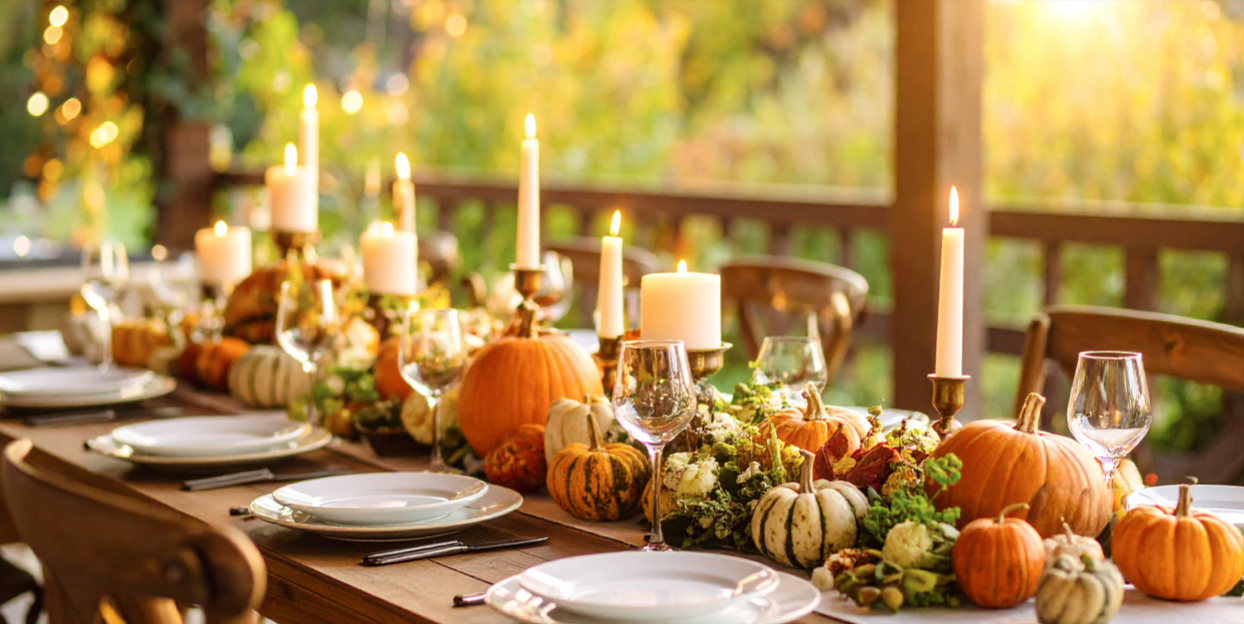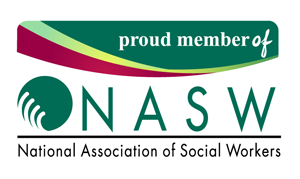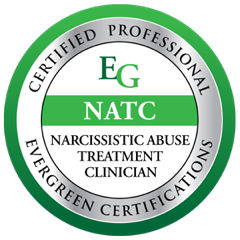Change Your Frame: Unlocking Progress with Cognitive Flexibility
Have you noticed how the stories you tell yourself shape your actions? Often, it’s not the challenge itself that holds us back—it’s our “frame of mind” about the situation. The good news? You have the power to change that narrative and move forward.
Here, we’ll explore how shifting your mindset, a concept tied to cognitive flexibility, can help you tackle obstacles, explore new opportunities, and build momentum. Plus, we’ll provide strategies you can use today to start reframing challenges—whether it’s tackling chores, pursuing goals, or managing daily stressors.
What Is “Changing Your Frame”?
“Changing your frame” is about altering the way you perceive and narrate an experience. Think of it like looking through a new camera lens—you’re not changing what’s there, you’re simply adjusting your perspective to see it differently.
This shift connects directly to cognitive flexibility, which refers to our brain’s ability to adapt to different situations, think creatively, and approach problems from fresh angles. Acting on this flexibility allows you to reframe challenges in a way that empowers you instead of limiting you.
For example, instead of saying, “I hate doing chores,” what if you reframed it as, “This is my chance to throw on some music and turn chores into a dance party”?
Your narrative has power. Now, let’s learn how to wield it effectively.
Why Changing Your Frame Matters
When left unchecked, the stories we tell ourselves become self-fulfilling. Negative frames often lead to hesitation, procrastination, or defeat before we even try. On the flip side, reframing these stories allows us to approach challenges with curiosity, humor, or determination, making them feel more manageable or even enjoyable.
Key Benefits of Reframing:
- Encourages a growth mindset and creative problem-solving.
- Reduces feelings of stress and overwhelm by shifting focus.
- Builds emotional resilience by empowering you to take control.
- Creates new opportunities for joy or fun in habitual tasks.
Put simply, reframing fosters adaptability and opens new pathways for forward momentum.
The Power of Cognitive Flexibility
Neuroscience shows that fostering cognitive flexibility can strengthen how your brain adapts to new scenarios. This is a game-changer, especially for people managing conditions like ADHD or those navigating the overwhelm of daily life. Shifting your mindset creates mental space for new ideas to flourish, igniting both confidence and action.
Now that we’ve explored why reframing is important, let’s dig into how you can make it part of your life.
Strategies to Change Your Frame
1. Make It Fun or Silly
The quickest way to reframe something daunting is to inject enjoyment or humor.
Example: Dread house chores? Put on your favorite playlist and turn it into a freestyle dance session while vacuuming. Doesn’t your future self deserve both a laugh and clean floors?
By weaving positive emotions into mundane activities, you make them more engaging (and less of a drag).
2. Change It Up
Sometimes, the problem isn’t the task itself—but monotony. Even a small change can rewire your brain’s perception.
Example: Stuck on a creative block? Instead of staying glued to a desk, try brainstorming while walking somewhere new. Physical movement inspires mental movement.
Variety refreshes focus and keeps your brain engaged, allowing for natural cognitive flexibility.
3. Use the Opposite Frame Strategy
Instead of aiming for perfection, try this mindset shift: “I’ll start by doing a terrible job.”
Example: Need to write an important report? Begin by scribbling something quick and imperfect. Stream-of-consciousness writing is an excellent way to brainstorm without pressure. Once it’s down, you’ll likely find yourself surprised by how easily you can refine it.
Setting low initial expectations takes the burden of immediate excellence off of you and leaves room for improvement. Progress isn’t about being perfect—it’s about taking that first step.
4. Identify the Opportunity
Reframing a challenge as an opportunity can make it more rewarding.
Example: Instead of saying, “Ugh, I have to cook dinner again,” think, “I get to explore this new healthy recipe I saved last week.”
This tiny mental adjustment places you in control, reminding you of what you can gain rather than what feels like a chore.
5. Storytelling Reframe
Imagine narrating your challenge like you’re the hero of a story.
Example: Packed schedule? “Picture me conquering the mountain of meetings today with the tenacity of a climber—each step gets me closer to the summit!”
Gamifying a situation is not limited to assessment and learning scenarios. Turning struggles into playful adventures can activate your brain’s creative side and motivate you to push forward with a project or task that would otherwise bog you down with tedium.
6. Take the Long View
Sometimes the best frame comes from zooming out. Ask yourself, “How will I feel about this tomorrow, next week, or a year from now?”
Example: Nervous about giving a presentation? Picture your future self proud of how you handled it and the career boost it provides.
Long-term perspective balances short-term fear with a more optimistic narrative.
Start Reframing Your Story Today
Adjusting your outlook doesn’t happen overnight, but every small reframe creates ripples of forward motion. At its core, developing cognitive flexibility means approaching life not with rigid expectations, but with curiosity and adaptability.
Take a moment today to reframe something that’s been holding you back. Start small—dance through your chores, rewrite the narrative about your next big task, or simply laugh at the process.
As you practice reframing, you’ll find yourself developing a healthier, more empowering narrative for your life, opening up the mental clarity and emotional space you need to move forward.
Feeling stuck or unsure where to begin? Partner with a coach who can help. At Thrive Connect Coaching, I support smart, creative women like you to shift their frames of mind and bridge that gap between where you are and where you dream of being.
Questions to Connect With
- Reflecting on Your Narratives:
Think about a recent challenge that left you feeling stuck or frustrated. What story or frame of mind were you holding about the situation? How might you rewrite that story to see the challenge as an opportunity for growth or creativity? - Exploring New Perspectives:
Choose a task or responsibility that feels like a burden. What are three different ways you could reframe this situation to make it more engaging, enjoyable, or meaningful? Write down how each perspective shifts your feelings about it. - Visualizing Success with Flexibility:
Imagine your future self looking back at a current obstacle with pride. How did changing your mindset help you overcome it? Write about the small mindset shifts you practiced that made a big difference in how you approached the challenge.

















